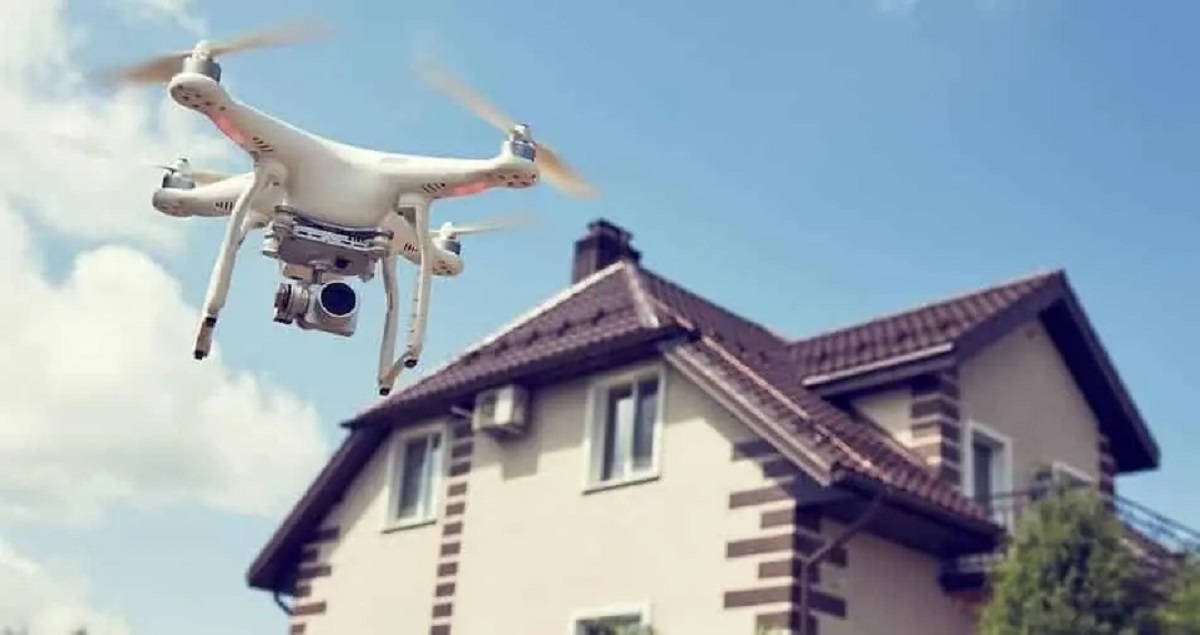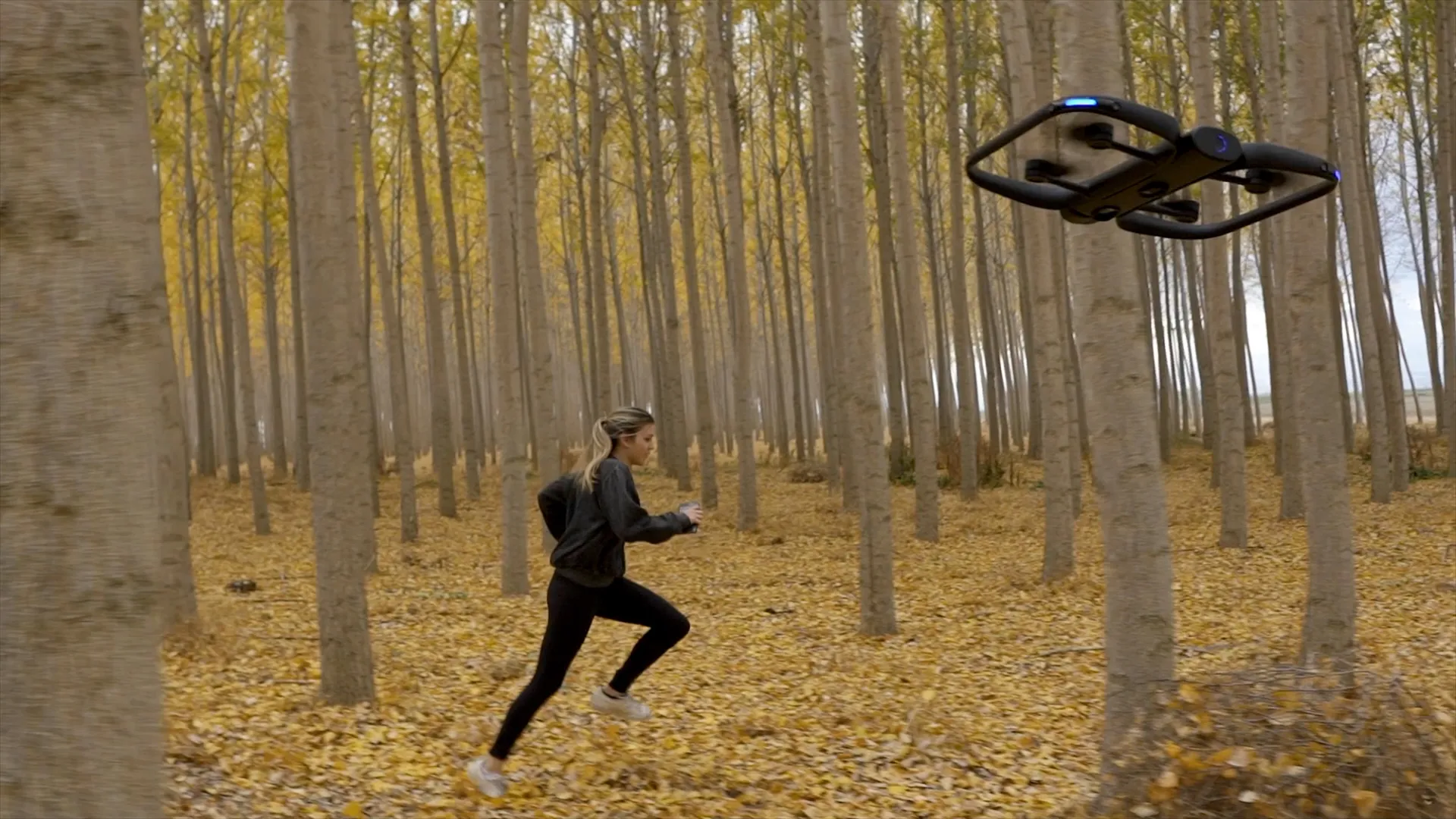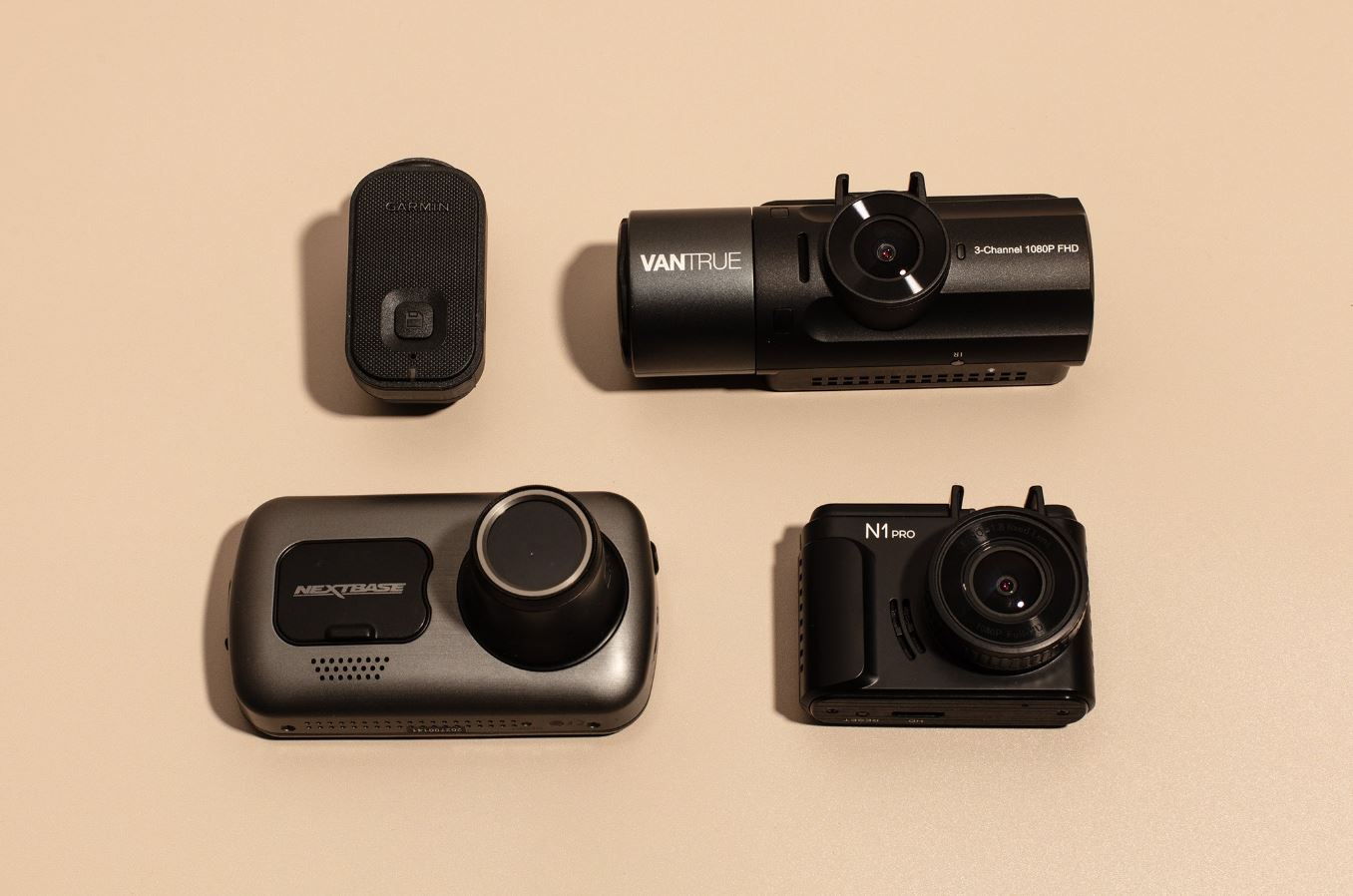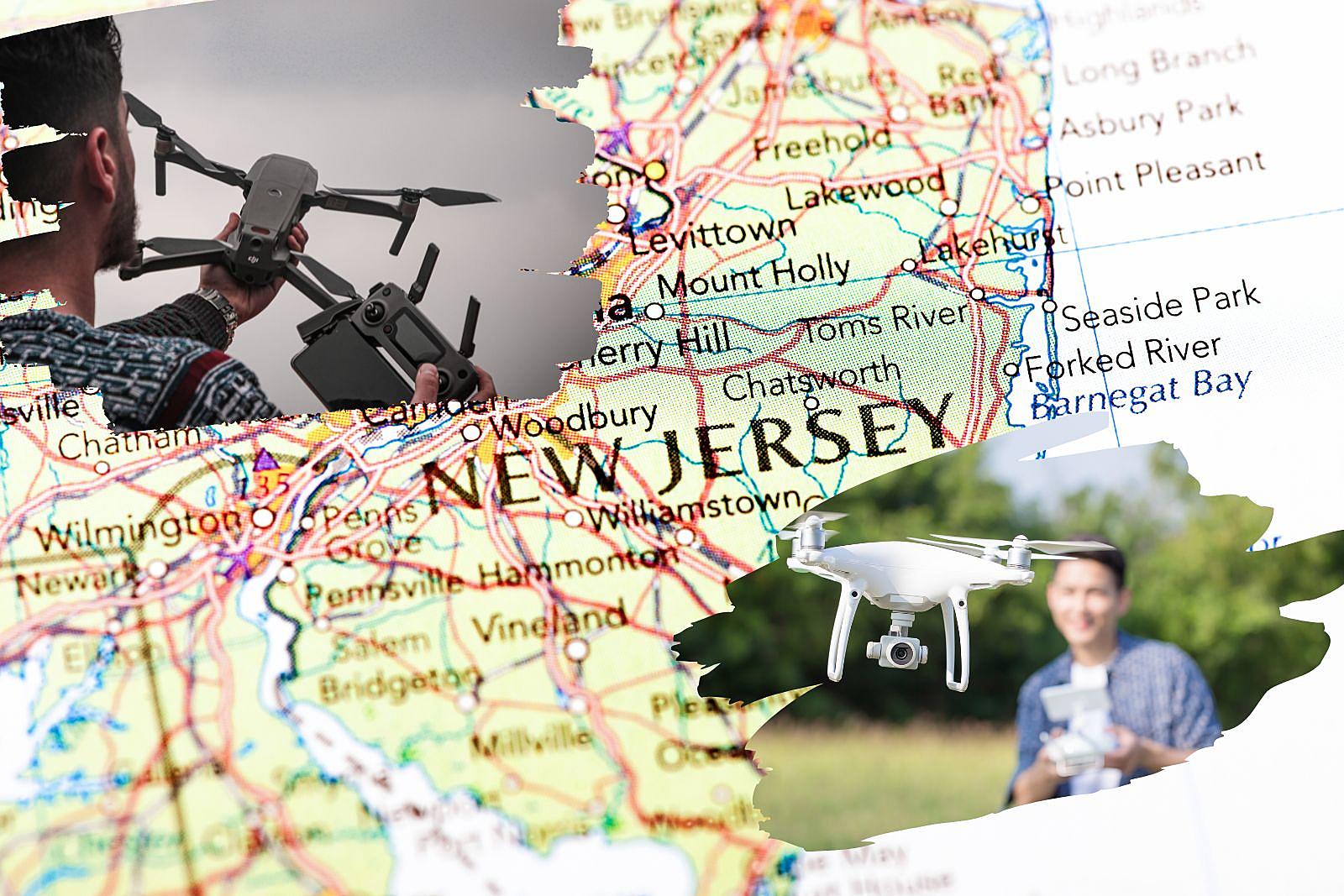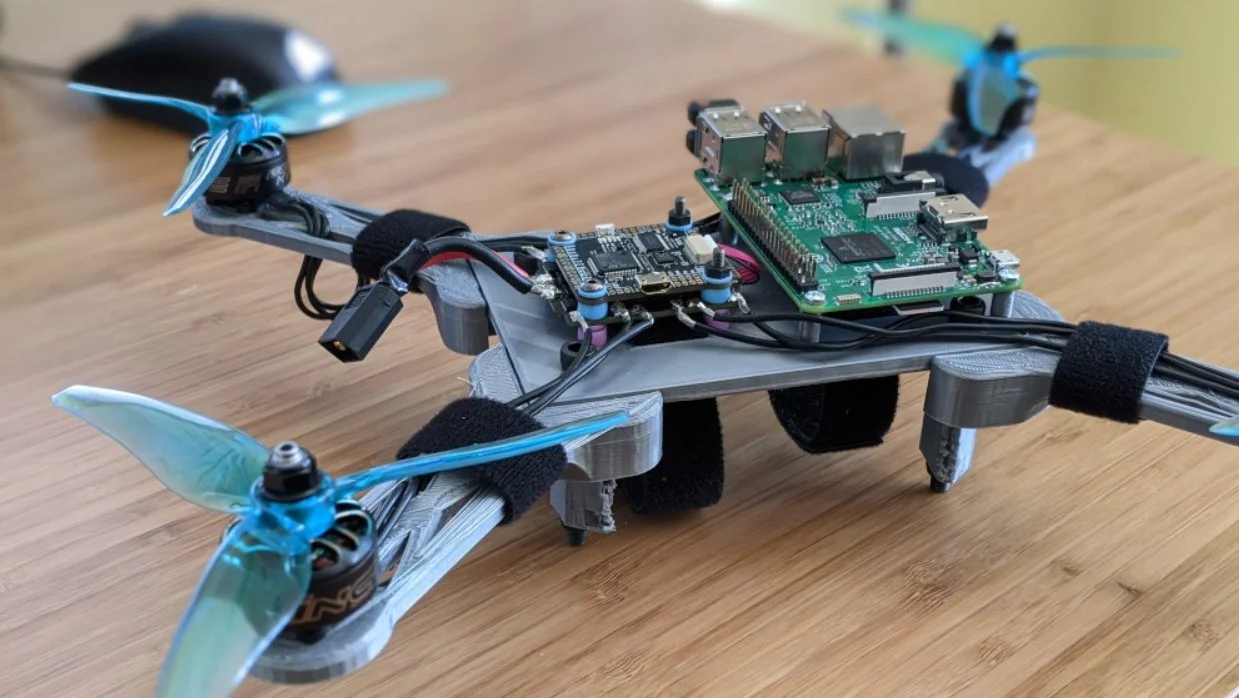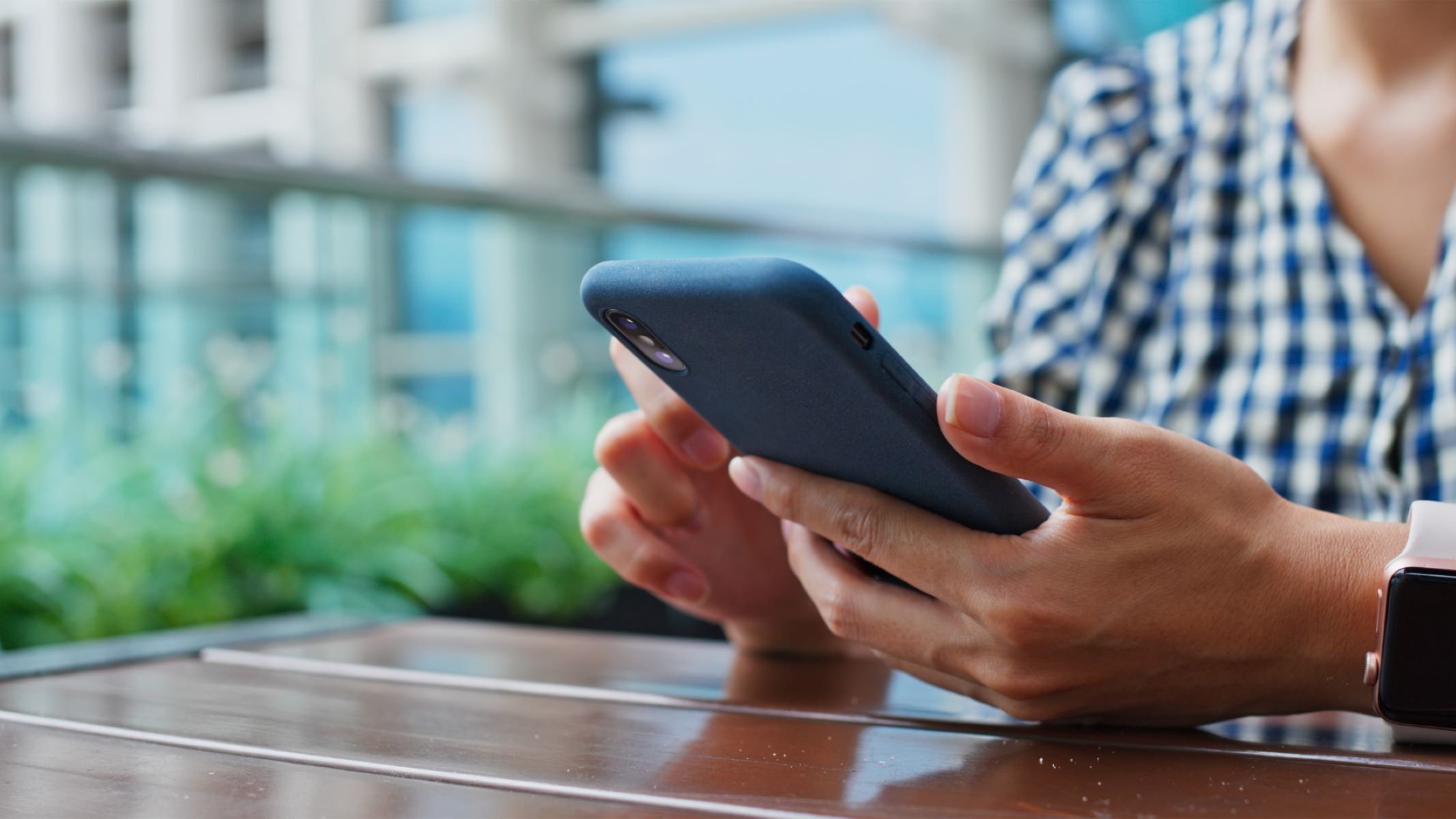Introduction
Drones have become increasingly popular in recent years, being used for various purposes such as aerial photography, deliveries, and even recreational flying. While most drone operators adhere to the laws and regulations surrounding their use, there have been instances where drones have been used for intrusive and potentially harmful purposes, such as spying on individuals.
Discovering that a drone is spying on you can be a disturbing and unsettling experience. However, it’s important to remain calm and take appropriate steps to handle the situation. In this article, we will discuss how to identify if a drone is spying on you and provide actionable steps to protect your privacy.
Identifying if a drone is spying on you may not always be straightforward. Drones have become increasingly compact and equipped with advanced technology, making them harder to detect. However, there are some signs to watch out for:
- Unusual hovering: If a drone is hovering near your residence or following you for an extended period, it may be an indication that it is spying on you.
- Noise: Drones emit a distinct buzzing or humming sound. If you hear an unfamiliar noise coming from above, look up to see if there is a drone nearby.
- Unmarked or suspicious-looking drone: If the drone lacks any visible markings or resembles a surveillance device, it is worth investigating further.
- Hovering near windows or restricted areas: Drones that position themselves close to windows or restricted areas, such as your backyard or balconies, could be attempting to capture images or video for unauthorized purposes.
If you observe any of these signs, it’s essential to remain calm and handle the situation with caution. Confronting the drone operator directly may not be the best course of action, as it could potentially escalate an already sensitive situation. Instead, follow the steps outlined in the upcoming sections to effectively deal with the situation while safeguarding your privacy.
How to Identify if a Drone is Spying on You
Identifying whether a drone is spying on you requires keen observation and attention to detail. While it may not always be easy to determine the intentions of a drone, there are several key indicators to consider:
- Unusual hovering: If you notice a drone hovering in one area for an extended period, it could be a sign that it is specifically targeting you. Drones used for spying purposes often engage in lengthy surveillance missions to capture sensitive information or gather evidence.
- Noise: Drones emit a distinct buzzing or humming sound. If you hear an unfamiliar noise coming from above, be alert and look up to see if there is a drone nearby.
- Unmarked or suspicious appearance: Pay attention to the drone’s visual characteristics. If it lacks any visible markings, branding, or registration numbers, or if it appears to be equipped with additional cameras or sensors beyond what is typical for a recreational drone, it may be involved in unauthorized surveillance.
- Hovering near windows or restricted areas: Be cautious if you notice a drone positioned close to your windows, balconies, or other restricted areas of your property. These drones may be attempting to capture images or record videos without your consent.
- Multiple sightings or repeated visits: If you frequently spot the same drone in your vicinity over a period of time, it could be a clear indication that you are being monitored. Keep track of the dates, times, and locations of these sightings, as this information may be useful if you decide to report the incident.
While these signs do not guarantee that a drone is spying on you, they should raise your awareness and prompt further investigation. It’s important to trust your instincts and take appropriate steps to protect your privacy if you suspect that you are being targeted.
Remember, the aim is not to confront or engage with the drone operator directly, as this could escalate the situation and potentially put your safety at risk. Instead, follow the guidelines outlined in the upcoming sections to safely handle the incident and protect your privacy.
Stay Calm and Assess the Situation
Discovering that a drone is spying on you can be unsettling, but it’s important to remain calm and composed. Panicking or acting impulsively may not only compromise your safety but also hinder your ability to effectively handle the situation. Follow these steps to stay calm and assess the situation:
- Find a safe and secure location: Move to an area where you feel comfortable and secure, such as inside your home or a public space. This will help alleviate any immediate feelings of vulnerability.
- Observe the drone without drawing attention: Take a moment to carefully observe the drone’s behavior and flight path. Note any unusual or suspicious activities, such as if it is continuously adjusting its position or attempting to capture images or video.
- Assess potential motivations: Consider possible reasons why someone might be spying on you. Are there any recent events or circumstances that may have triggered this behavior? Understanding the potential motives behind the intrusion can help inform your actions moving forward.
- Stay vigilant: Keep an eye out for any additional drones or suspicious activity in your surroundings. Although the focus is currently on the drone that you have identified, it’s important to remain aware of your overall safety and security.
- Consider the legality: Familiarize yourself with the laws and regulations regarding drone usage in your area. If the drone is indeed engaged in unauthorized surveillance, the operator may be violating privacy laws. Knowing your rights will help you make informed decisions about how to handle the situation.
Remember, the key is to stay calm and collected in order to respond effectively. By carefully assessing the situation, you can gather important information that will assist you in taking appropriate action to protect your privacy.
Don’t Confront the Drone Operator
While it may be tempting to confront the drone operator directly, it is generally not advisable to do so. Confrontation can potentially escalate the situation and may not yield the desired outcome. Here’s why you should avoid confronting the drone operator:
- Safety concerns: Engaging in a confrontation with someone you suspect to be operating the drone carries potential risks. You may not know the intentions, capabilities, or temperament of the individual controlling the drone. Your safety should always be the top priority.
- Legal considerations: Unless you have clear evidence of illegal activity or a direct threat, taking matters into your own hands could lead to legal complications. It is best to let the proper authorities handle the situation in a lawful and controlled manner.
- Potential for escalation: Confronting the drone operator may lead to an escalating conflict that could worsen the situation. It is crucial to remain calm and focused on resolving the issue peacefully and within the confines of the law.
- Lack of resolution: Even if you do confront the drone operator, there is no guarantee that they will comply with your request to cease their surveillance activities. It’s more effective to follow the proper channels to ensure that your privacy is protected and the issue is addressed appropriately.
Instead of directly confronting the drone operator, focus on gathering evidence and taking necessary steps to safeguard your privacy. Document the incident, report it to the proper authorities, and implement measures to protect yourself from further intrusion. These proactive measures will help ensure a more satisfactory resolution to the situation while minimizing potential risks and legal complications.
Remember, it’s important to prioritize your safety and act within the boundaries of the law when dealing with incidents involving drones. Stay composed, seek appropriate help, and let the authorities handle the matter in a lawful and professional manner.
Document the Incident
When you suspect that a drone is spying on you, it is vital to document the incident thoroughly. This documentation can serve as evidence and aid in any potential investigation. Follow these steps to effectively document the incident:
- Record the date and time: Take note of the exact date and time when you first noticed the drone. This information will be crucial when reporting the incident or if further investigation is required.
- Describe the drone: Write down a detailed description of the drone, including its size, shape, color, any visible markings or accessories, and any other unique identifying features. This description will help with identification and potentially locating the operator.
- Take photographs or videos: Use your smartphone or any available camera to capture clear photographs or videos of the drone. Focus on capturing its appearance, flight patterns, and any distinguishing features. Documenting the incident visually can provide valuable evidence.
- Document your location: Take note of your exact location when the incident occurred. Include details such as your address, nearby landmarks, and GPS coordinates if possible. This information will help authorities narrow down the geographic area of the incident.
- Write down any additional details: Jot down any relevant observations, such as the drone’s behavior, duration of its presence, or any interactions you may have noticed between the drone and its operator. These details can provide valuable context for investigators.
- Compile any witness statements: If there were any witnesses present during the drone sighting, gather their contact information and statements about what they observed. Their testimonies can corroborate your experience and strengthen your case.
Remember to keep all documentation in a safe and secure place, as it may be needed for future reference or legal purposes. By carefully documenting the incident, you are providing crucial information that can assist law enforcement or relevant authorities in their investigation and help protect your privacy rights.
Report the Incident to Local Authorities
When you suspect that a drone is spying on you, it is important to report the incident to the appropriate local authorities. By doing so, you are not only ensuring your own safety but also helping to protect the privacy of others. Here are the steps to follow when reporting the incident:
- Contact your local police department: Reach out to your local police station and inform them about the incident involving the drone. Provide them with all the relevant details, including the date, time, location, and any documented evidence you have gathered. They will guide you on the next course of action.
- Cooperate with the authorities: Answer any questions the authorities may have truthfully and to the best of your knowledge. Provide them with any additional information they may need to conduct a thorough investigation.
- Follow any instructions given: The police may request that you provide them with your documentation or ask for permission to access your property for further investigation. Cooperate with their requests to facilitate their efforts.
- Keep a copy of the incident report: If the police provide you with an incident report or reference number, keep a copy for your records. This will serve as proof that you have reported the incident.
- Report to relevant aviation authorities: In addition to reporting the incident to the local police, consider notifying the appropriate aviation authorities in your country. They may have specific procedures for dealing with drone-related incidents and can provide further guidance.
- Stay updated on the investigation: Stay in contact with the authorities handling the case and inquire about the progress of the investigation, if appropriate. This shows your commitment to resolving the issue and demonstrates your willingness to assist.
Remember, reporting the incident to the authorities is crucial for ensuring that appropriate action is taken and that your privacy is protected. By working with the authorities, you contribute to creating awareness of the issue and help prevent similar incidents from occurring in the future.
Safeguard Your Privacy at Home
Discovering that a drone was spying on you can be a wake-up call to the importance of safeguarding your privacy, especially within the confines of your home. Here are some measures you can take to enhance your privacy and protect yourself:
- Secure your Wi-Fi network: Ensure that your home Wi-Fi network is password protected and encrypted. Regularly update your router’s firmware and change the default login credentials to prevent unauthorized access to your network.
- Use strong passwords: Create unique and strong passwords for all your online accounts, including email, social media, and other sensitive accounts. Avoid using easily guessable passwords and consider using password management tools for added security.
- Be cautious of sharing personal information: Be mindful of the personal information you share online or in public. Limit the amount of personal information you provide on social media platforms and check your privacy settings to control who can view your content.
- Invest in privacy-enhancing technologies: Consider installing curtains, blinds, or window film to prevent prying eyes from looking into your home. Additionally, you can use electronic signal-blocking bags or cases to protect your electronic devices from unwanted remote access.
- Educate yourself on your rights: Familiarize yourself with your legal rights regarding privacy and surveillance laws in your area. Being aware of the legal protections available to you can help you make informed decisions and take appropriate action regarding privacy infringements.
- Stay updated on drone regulations: Stay informed about the latest regulations regarding drone usage in your region. By being aware of the rules and restrictions, you can better understand your rights and take necessary actions if you believe someone is misusing a drone.
Remember, taking steps to safeguard your privacy not only protects you from drone spying incidents but also helps maintain your overall online and offline security. By being proactive in protecting your privacy, you can create a secure and safe environment within your home.
Protect Your Personal Information
In an increasingly digital world, it’s crucial to take proactive measures to protect your personal information from potential privacy breaches. Here are some steps you can take to safeguard your personal information:
- Use strong and unique passwords: Create strong, complex passwords for your online accounts. Avoid using common phrases or easily guessable information. Consider using a password manager to generate and securely store your passwords.
- Enable two-factor authentication: Implement two-factor authentication (2FA) whenever possible. This adds an extra layer of security by requiring a second verification step, such as a unique code sent to your mobile device, in addition to your password.
- Be cautious with sharing personal information online: Be mindful of the personal information you share on social media platforms, forums, and other online platforms. Avoid sharing sensitive details such as your address, phone number, or financial information publicly.
- Regularly review privacy settings: Take the time to review and adjust the privacy settings on your social media accounts and other online platforms. Limit the amount of personal information visible to the public and ensure that only trusted individuals have access to more sensitive information.
- Beware of phishing attempts: Be vigilant for phishing attempts through email, text messages, or phone calls. Avoid clicking on suspicious links or providing personal information to unknown sources. Verify the legitimacy of requests before sharing any sensitive data.
- Secure your devices: Keep your devices, such as smartphones, computers, and tablets, up to date with the latest software updates and security patches. Install and regularly update antivirus software to protect against malware and other potential threats.
- Be mindful of public Wi-Fi: When using public Wi-Fi networks, exercise caution. Avoid accessing sensitive information or conducting financial transactions on public networks, as these can be more susceptible to hacking attempts. Consider using a virtual private network (VPN) for added security.
By implementing these measures, you can significantly reduce the risk of your personal information falling into the wrong hands. Protecting your personal information not only safeguards your privacy but also helps prevent potential identity theft and other cybersecurity risks.
Protect Yourself from Drone Attacks
While the majority of drones are used for lawful and harmless purposes, it’s essential to be prepared and take precautions to protect yourself from potential drone attacks. Here are some steps you can take to enhance your safety:
- Stay aware of your surroundings: Pay attention to your surroundings, especially when outdoors. Be alert for any drones flying in close proximity or exhibiting suspicious behavior.
- Seek cover and take evasive action: If you believe a drone is behaving aggressively or poses a threat, seek cover immediately. Move to a secure location, such as indoors or under cover, and take evasive actions to minimize your exposure.
- Protect your personal space: Establish physical barriers around your property, such as fences or bushes, to discourage unauthorized drones from entering your airspace. Additionally, consider installing anti-drone measures, like radio frequency jammers or signal disruptors, for added protection.
- Stay informed about drone regulations: Stay updated on the existing regulations and restrictions regarding drones in your area. Understanding the rules will help you identify illegal or malicious activities and take appropriate action.
- Report suspicious activity: If you observe a drone behaving suspiciously or notice any unauthorized activity, report it to the proper authorities. Provide them with detailed information about the incident and any evidence you may have.
- Establish legal recourse: Familiarize yourself with the legal options available to you in case of a drone attack. Consult local regulations and seek legal advice to determine your rights and the appropriate actions to take.
- Stay updated on drone defense technology: As technology advances, so does the availability of drone defense systems. Stay informed about innovative measures like drone detection and counter-drone systems to better protect yourself from potential threats.
By being proactive and informed, you can significantly enhance your safety and minimize the risks associated with potential drone attacks. It’s important to stay vigilant, take necessary precautions, and promptly report any suspicious activity to ensure your own security and the safety of those around you.
Conclusion
Discovering that a drone is spying on you can be a disconcerting experience, but it’s crucial to remain calm and take appropriate steps to protect your privacy and ensure your safety. By following the guidelines outlined in this article, you can effectively assess the situation, document the incident, and report it to the proper authorities. Additionally, taking proactive measures to safeguard your personal information, both online and offline, will further enhance your privacy.
Remember, it is important not to confront the drone operator directly, as it may escalate the situation and potentially jeopardize your safety. Instead, concentrate on gathering evidence, staying informed about regulations, and working with law enforcement to resolve the issue.
By maintaining awareness of your surroundings, protecting your personal information, and staying informed about drone regulations and defense technologies, you can significantly minimize the risks associated with drone spying incidents. Prioritizing your privacy and taking action to counter potential threats demonstrate your commitment to safeguarding your personal space.
Lastly, encourage your community to be vigilant and informed about drone regulations and privacy concerns. By raising awareness and working collectively, we can create a safer and more secure environment for ourselves and others.










